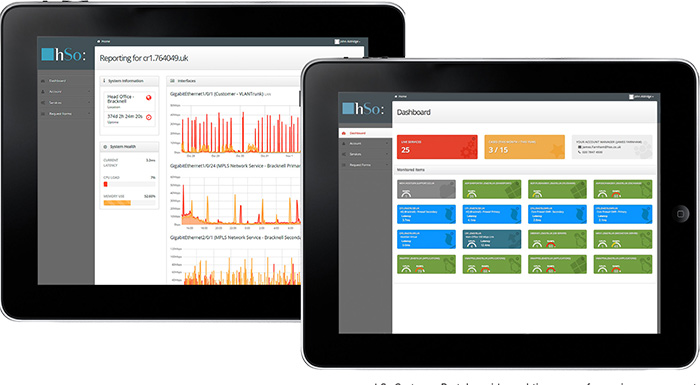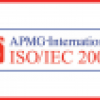- Posted by admin
- Category:
hSo in The Times supplement
Small is beautiful
As originally seen in 'Public Sector Technology' published by Raconteur in The Times on 10th November 2015
With a growing number of small and medium-sized companies appearing in framework agreements, public sector bodies are reaping the benefits of working with much smaller service providers, such as hSo (HighSpeed Office Ltd).
One of the most encouraging things to emerge from the recent general election,as far as small businesses were concerned, was the cross-party sentiment that involving small and medium-sized enterprises (SMEs) in procurement was the key to economic growth.
Clearly the government initiative to bring SMEs into framework agreement processes creates great opportunities for the public sector to work with these smaller, more agile and more flexible service providers achieving some much needed cost savings and the added bonus of better quality service management.
hSo, a provider of managed data and voice services to businesses, recently became one of 61 suppliers to join the government’s new network services framework, which went live in August. Framework agreements represent around 45 per cent of procurements in the UK.
Customer development director Avner Peleg says: “This has been a big challenge for SMEs, trying to break into public sector procurement. It is all done though framework agreements, traditionally dominated by the large companies. In our own sector, these would include major telcos and integrators such as BT, Virgin, Vodafone and Fujitsu.
“By expanding the network services framework to include smaller businesses like ours, the Crown Commercial Service has given the local government sector an excellent opportunity to get real value for money.”
While people tend to associate public sector organisations with huge bodies, such as the NHS or Ministry of Defence, many are actually quite modest in size. Some district councils, for example, employ less than 300 people, and arguably it is the smaller organisations that are struggling most with the government’s cost-cutting edict and therefore the ones looking for best value.
Mr Peleg says: “In the network services business, they want more value from things like service management and information sharing. Their focus is on cost transparency and getting the best prices from all carriers available, but smaller providers go beyond that and add end-to-end management and accountability.”
hSo supplies dashboards with real-time information, monitors all services 24/7 and shares the data with customers, giving them information at their fingertips to make decisions on IT delivery. Dashboards can be tailored to the needs and type of services delivered.
It is a level of service that smaller local government bodies previously could not get from the large providers, leading to their frustration at being unable to secure the innovation and the flexibility they need to be able to operate more cost effectively and more productively.
Now it seems the government is listening and by bringing smaller providers, with their agile business models and innovative products, into the procurement market, is giving the public sector access to high-quality services, while keeping costs under control.
However, while the government is encouraging public sector stakeholders to use SMEs for their services, Mr Peleg is keen to see more focus on service quality rather than just cost. Too many tenders are focused on cost not quality, he says.
“Cost leadership is now a given for this sector. The government is pushing hard, but what they should be focusing on is service management and information sharing, because that is where the public sector can save a lot of money and increase productivity,” says Mr Peleg.
“A lot of the network services industry has been commoditised and it isn’t hard to find adequate solutions, but where are customers getting the added value? Our approach is to provide more of a fit-for-purpose solution to the public sector. Cost leadership and value are important, but what matters is how they use the service.”
Government departments need to look beyond initial cost pressures and identify long-term scalable, cost-effective solutions. A typical example in our field is centralising internet access through a MPLS WAN (multi-protocol label switching wide-area network) instead of buying individual site internet circuits based solely on cost. The cost of changes to the service, such as adding and removing sites, as requirements change, make the total cost of the service over the life of the contract significantly higher.
According to the Crown Commercial Service, 31 per cent of suppliers on the network services framework are SMEs, compared with 16 per cent across all other network agreements – new players with new technologies that promise to open up the market. This bodes well for small businesses and their public sector customers. Mr Peleg concludes: “Take schools, for example. Some had been getting things like their internet services via their local council. But in the current climate of cost cutting, councils have no money and schools need to source their own.
“We congratulate the Crown Commercial Service on their actions and for creating opportunities for the public sector to benefit from the better services, innovative solutions and value for money that SME providers can deliver.”














